Photographing African Wild Dogs
Wild dogs, 'Cape hunting dogs' or 'painted wolves' as they are also known, are highly endangered so consider yourself blessed if you find them in the wild!
They
are part of the ‘super-seven’ animals (big-five plus cheetah and wild dogs) so
they are on the top of many photographers to-see lists.
Wild dogs can weigh between 25 and 30 kg with a height of about 75cm, their color
can vary from tan to almost black but mostly they are a combination of tan,
white and black.
They
live in packs, the average pack that we have seen in the Kruger Park has about
7 or 8 adults but we have also seen packs with over 20 individuals. Each member
has a rank order and helps to raise the pups and look after the injured.
Only the Alpha pair reproduce, and they also lead the pack. An injured member of the pack is left behind at the den with the pups. When they make a kill they swallow big pieces of meat that they regurgitate when returning to the den. This helps the injured individual to recover without further injury. The pups will go up to the adults and demand their piece of meat, which is fun to watch as they interact with each other, while making high-pitched 'chatting' sounds.
A wild dog's life span is about 10 to 12 years, they are susceptible to the same diseases as our domestic dogs, rabies, distemper and mange, and in some cases an entire pack has been wiped out by these diseases.
Finding African Wild Dogs
You can use the sightings boards, sighting books, sighting apps, speak to field guides and other guests or try to find them yourself.
Wild dogs can move up to 50 kms per day so finding them can be a challenge! We have found them mainly in the Southern part of the Kruger National Park between Crocodile Bridge and Lower Sabie, around Skukuza and in the Berg en Dal area. We have seen them as high up as Pafuri but not often.
There
used to be two packs in Madikwe but they got rabies and there is now one pack,
so sightings can be erratic.
In
the Pialnesberg we have seen them all over the park but mainly in the Bakgatla Gate
area.
They don't have a particular vegetation or landscape type but they do follow the game and they try to stay away from areas that have lions. They do like to stick around permanent water so keep a look out around waterholes and we have often seen them in the roads...
They need to drink regularly, usually after a morning or afternoon hunt, you may even see them going into shallow water for a quick bath but are reluctant to enter rivers where they can fall prey to crocodiles, this is how some of their prey has escaped from them, by going into deep water or rivers.
If the prey go into shallow water then they are not going to survive...!
Looking for African Wild Dog Behaviours
A litter of between two to eight pups are born in an underground den after a gestation period of 10 weeks. These dens or caves may be reused year after year. The pups are born blind and with almost no fur, they suckle for about two months then are weaned onto regurgitated meat.
They tend to stay near their dens while the pups are still small usually for around nine months, so once you know that a pack of dogs have a den, keep a look out in that area as they will stick around for some time. This will give you great photographic opportunities to photograph their comings and goings from the den. Winter is the best time to see pups at a den because this is their breeding season and the grass tends to be shorter.
Some other behaviors to watch for are jumping up and down on their back legs as they look for prey, playing and licking each other or grooming each other, their body posture, set ears or that intense stare will let you know that something is about to happen, so always be ready for the unexpected.
Wild Dogs are fast and they tend to zig-zag through the bush, so you will need to keep up with them or you can just stay in one spot and wait for them to reappear which they often do.
Wild Dogs communicate by calling which can be from a low growl-like bark to a high-pitched chattering which they usually do while hunting or greeting each other. Other forms of communication are through sight and smell, you may see flashers of white tails bobbing up in long grass, this is an indication that Wild Dogs are in the area, so keep the camera close and get ready for the action.
They are most active early mornings and late afternoons.
If you find them resting during the day they will most probably stay there until the day starts cooling.
Hunting is a co-operative effort and all members of the pack, except pups and the injured, take part in the hunt. Wild Dogs do not stalk their prey, they hunt by running down their prey and biting or latching onto their prey until it falls.
It is not a nice thing to watch as the prey is torn apart and, because of this way of killing, the wild dog has been persecuted. Farmers and hunters have just about shot out most of the Wild Dogs. The Hyena kills in the same way but most people think that they are just scavengers, so they are not persecuted like the wild dog is.
Their hunts take place either early morning or late afternoon going into the evening. They mainly hunt small to medium size antelope like impala but they can also take down larger animals such as waterbuck, kudu and zebras.
There is no jostling and fighting at a kill, as with lions. Photographing the dogs on a kill is not easy as the pack surrounds the victim with their heads down while eating - all you can see are bums and tails!
Keep your camera ready to shoot action as individuals start ripping body parts off and then other dogs chase them and try to get the meat!
Try and zoom in onto the action when a gap opens up...
or the dogs thin out after ripping body parts off and moving off and then you can get a wide-angle shot.
They have the most beautiful markings and are fun to photograph but you need to try and expose off the lighter parts like the middle-tone areas.
Modern digital cameras should have no problem exposing the dogs but the dark eyes could be a problem when exposing on their face with older cameras, so try and look for a lighter area around the eye to expose on. We usually add one stop of light to open up the dark areas on the dogs.
The images in this African Wild Dog gallery were all captured in the wild in three of Africa's best national parks and game reserves, namely the Kruger National Park, the Pilanesberg Game Reserve and Madikwe Game Reserve.
Return from Photographing Lions to Photo Strategies page
Return from Photographing Lions to K2K Homepage
To make a safari rental booking in South Africa, Botswana or Namibia click here
"It's 768 pages of the most amazing information. It consists of, well, everything really. Photography info...area info...hidden roads..special places....what they have seen almost road by road. Where to stay just outside the Park...camp information. It takes quite a lot to impress me but I really feel that this book, which was 7 years in the making, is exceptional." - Janey Coetzee, founder of CAROK (Camps and Roads of Kruger) South Africa
"Having a passion for the region itself and having to know about all dynamics, water holes and ideal roads for a period of 6 years - I wish I had this guide on my first trip already!" - Morkel Erasmus, Secunda, South Africa
"Mario and Jenny take you to places that are not always visited, and their descriptions of the more remote camps will allow you to make an informed decision without wasting time and money" - Bob & Sherry Shepardson, DeBary, Florida, USA
"Your time and money are valuable and the information in this book will help you save both." - Don Stilton, Florida, USA
"I highly recommend the book to anyone visiting Etosha National Park to photograph the animals - or anyone considering an African photography safari in the future." - Anne Darling, Cognac, France
"As a photographer and someone who has visited and taken photographs in the Pilanesberg National Park, I can safely say that with the knowledge gained from this eBook, your experiences and photographs will be much more memorable." - Alastair Stewart, BC, Canada
"This work is so much more than an eBook, because it is also a guide, a tutorial, an inspiration and a must-have for anyone interested in wildlife photography" - Findtripinfo.com, USA
Photo Safaris on a Private Vehicle - just You, the guide & the animals!
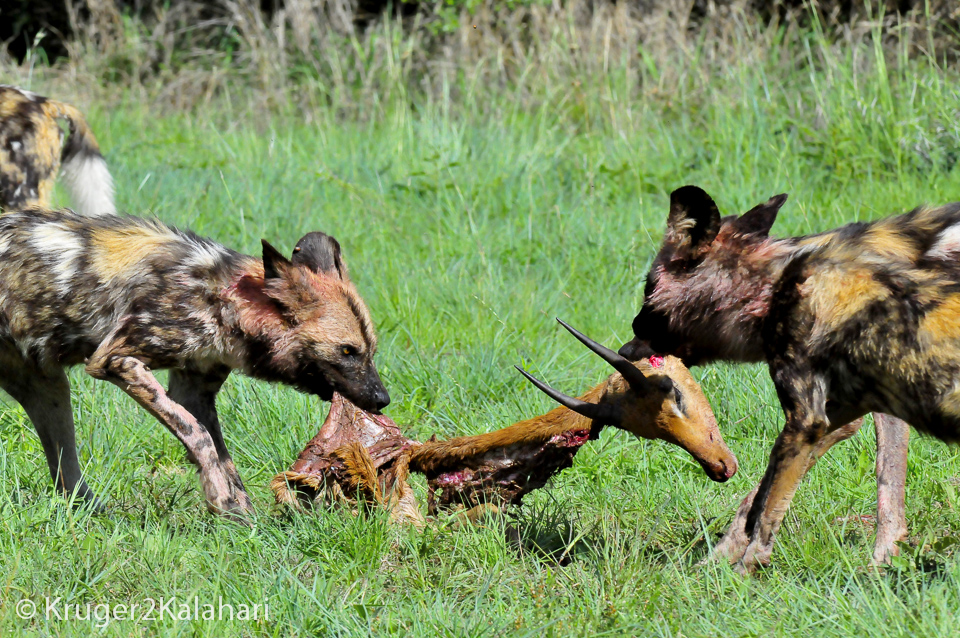
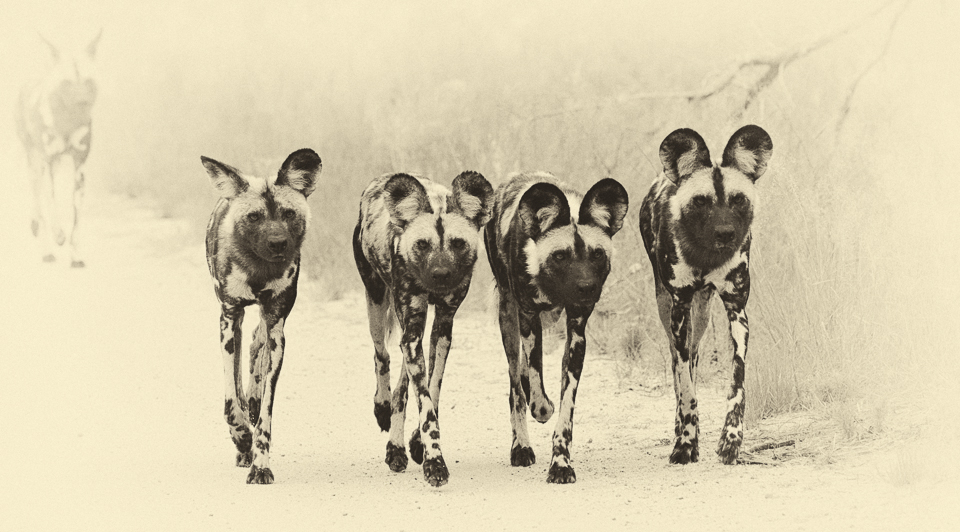
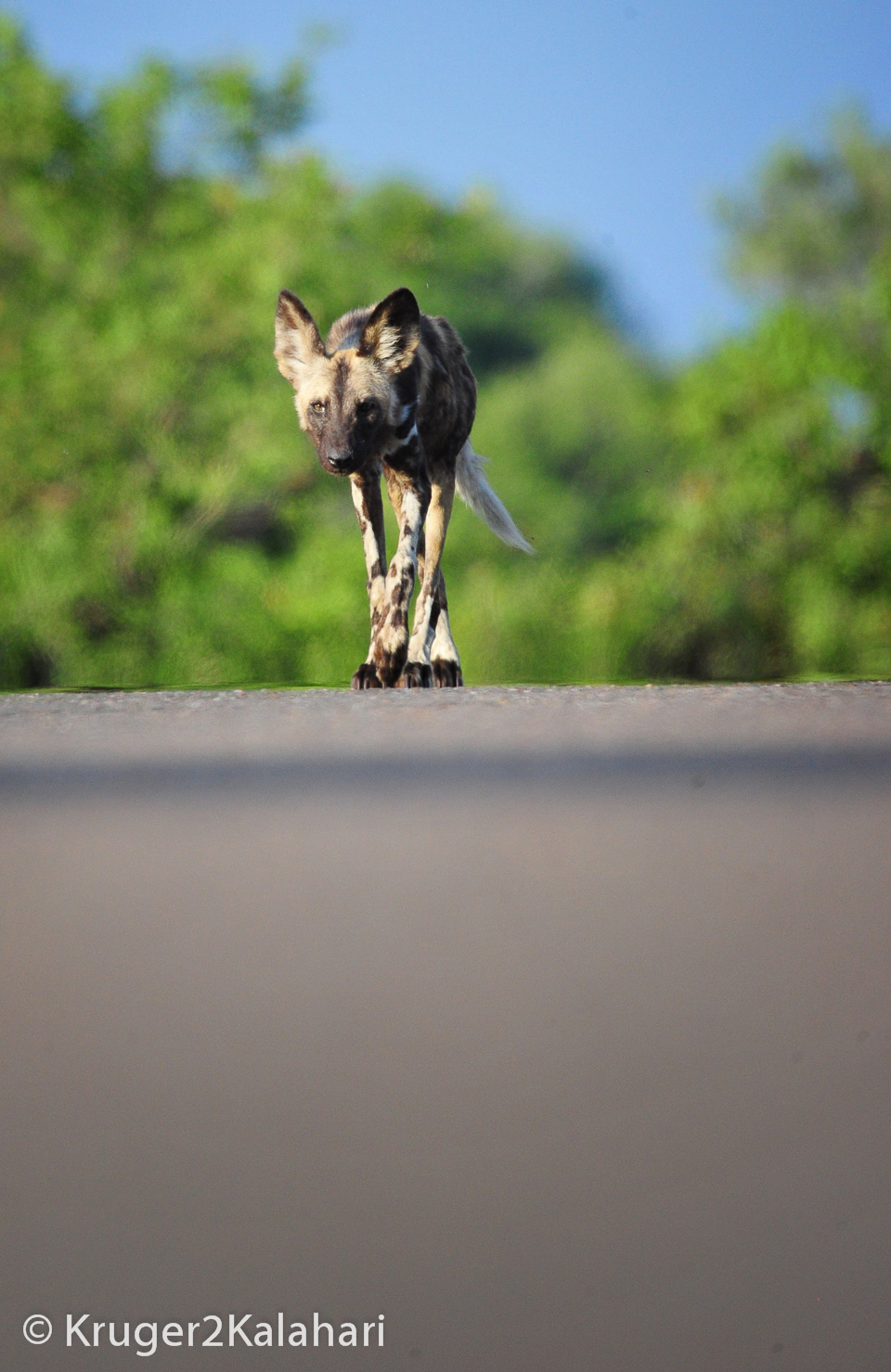
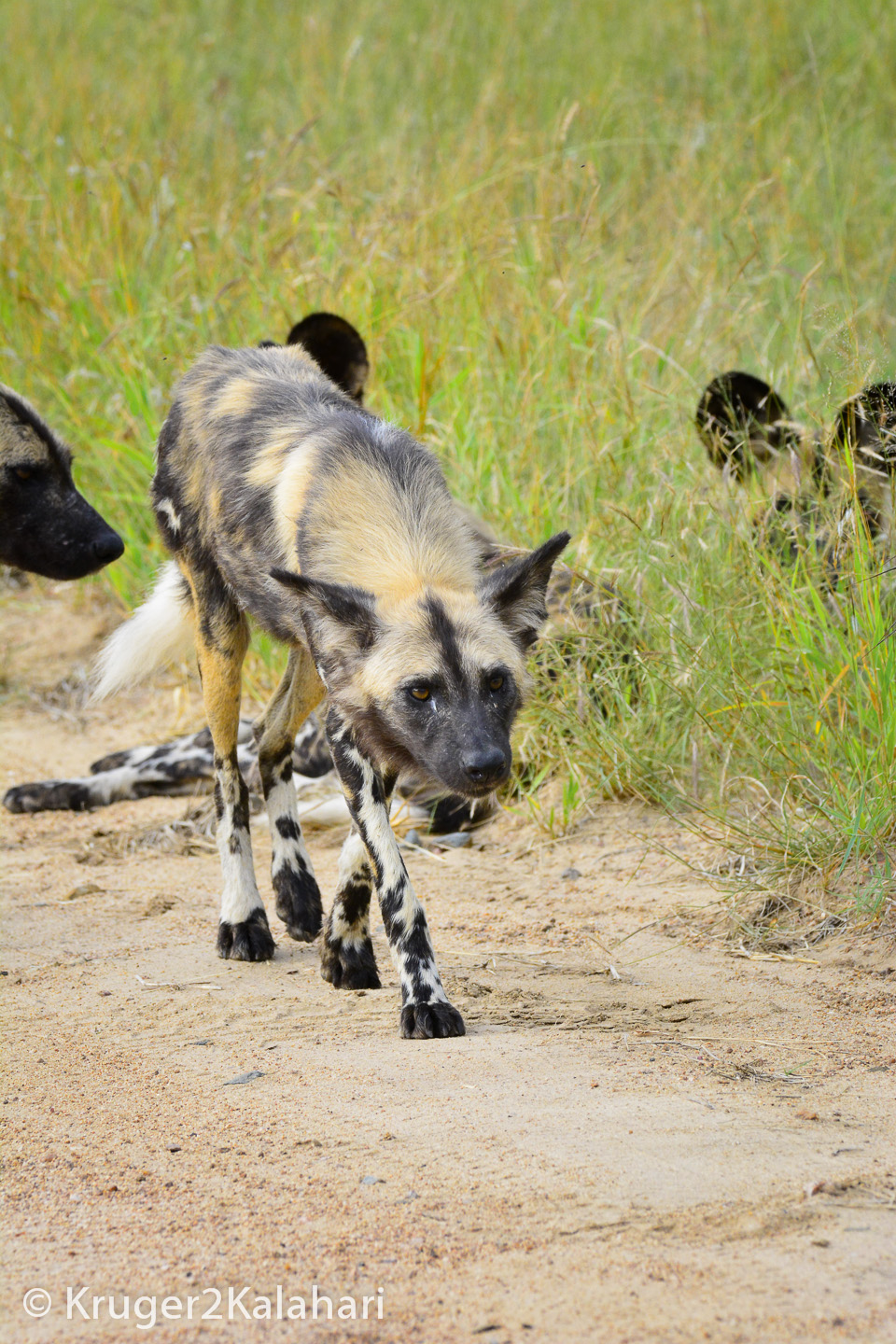
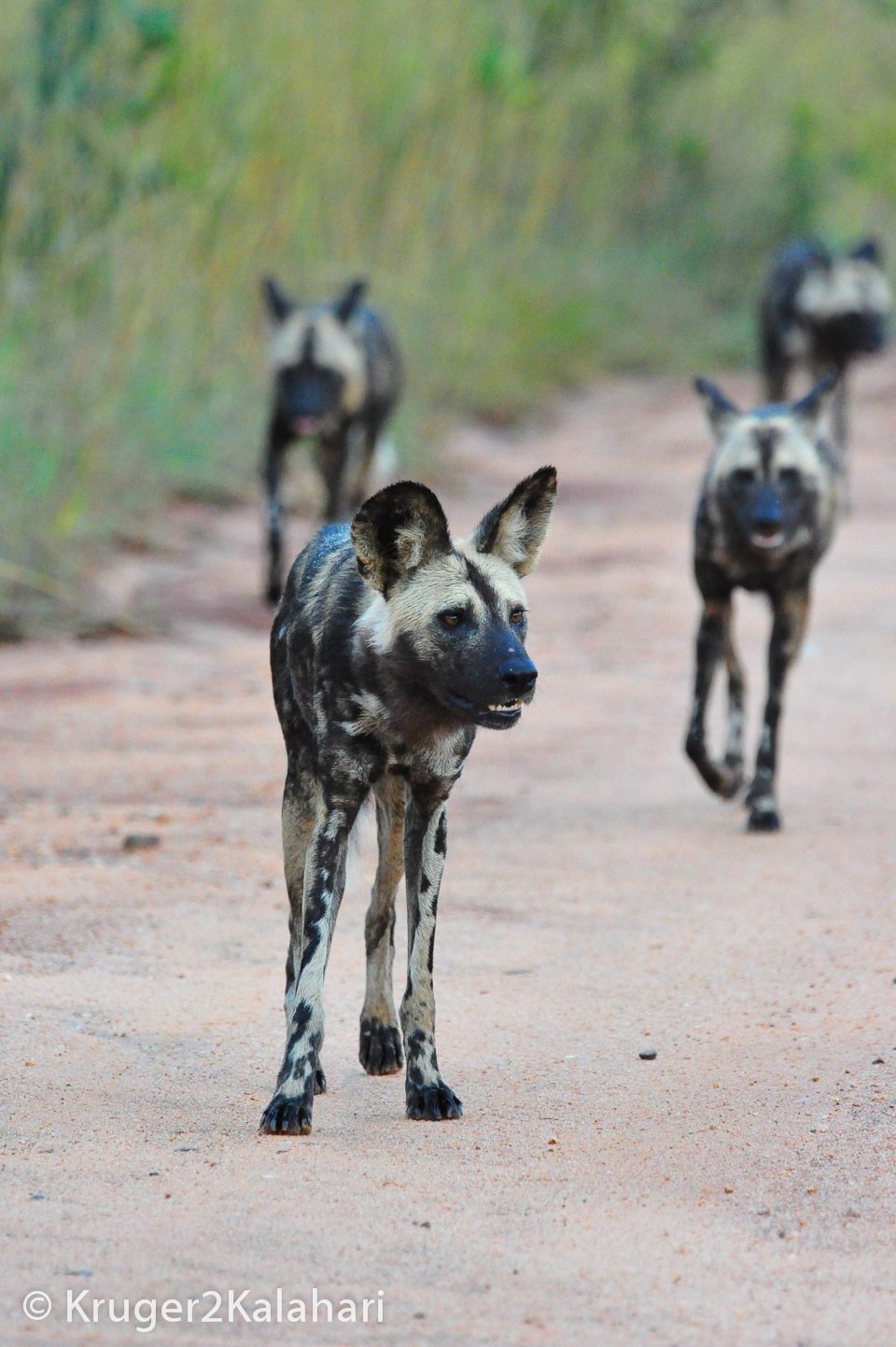
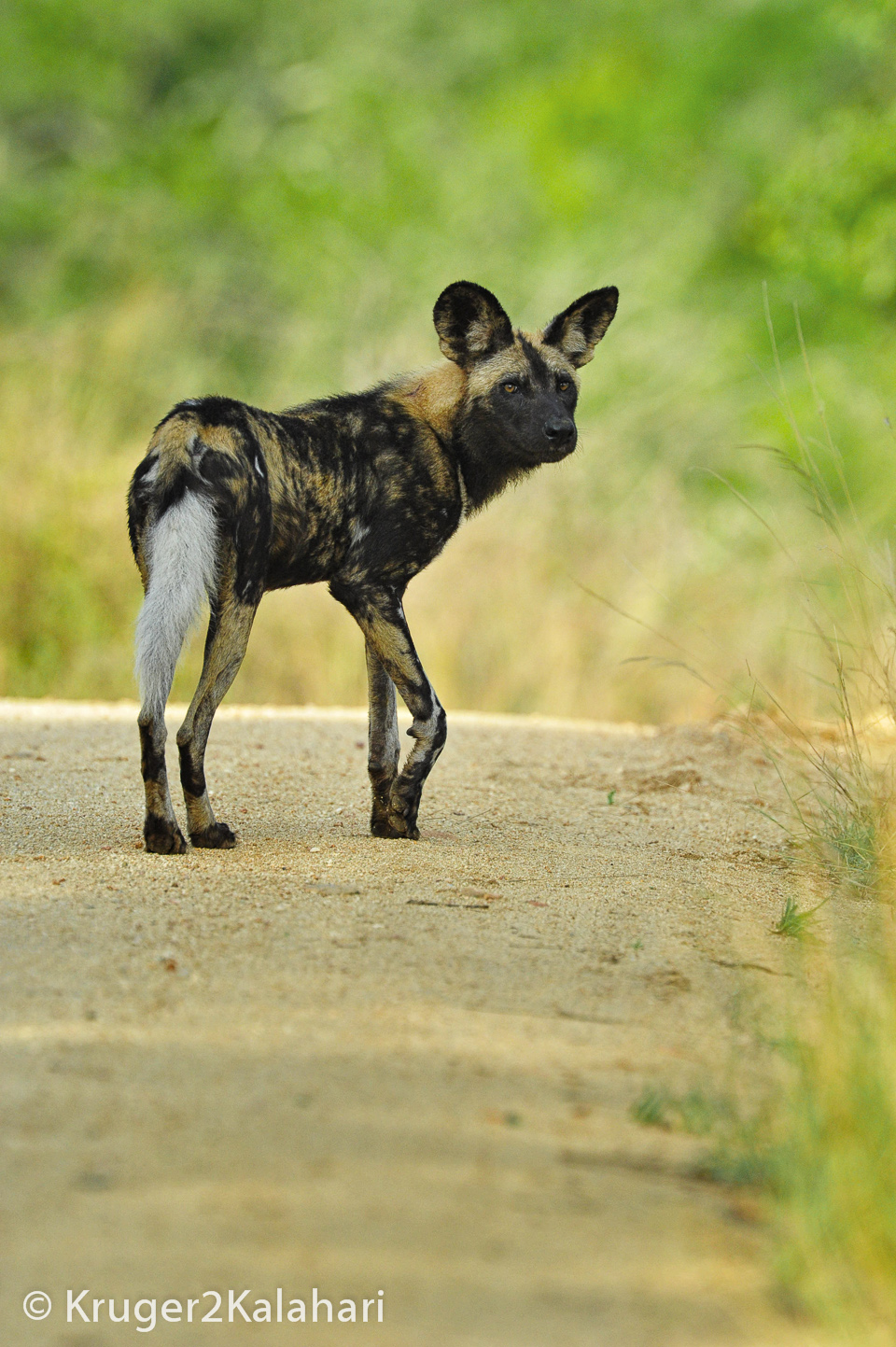
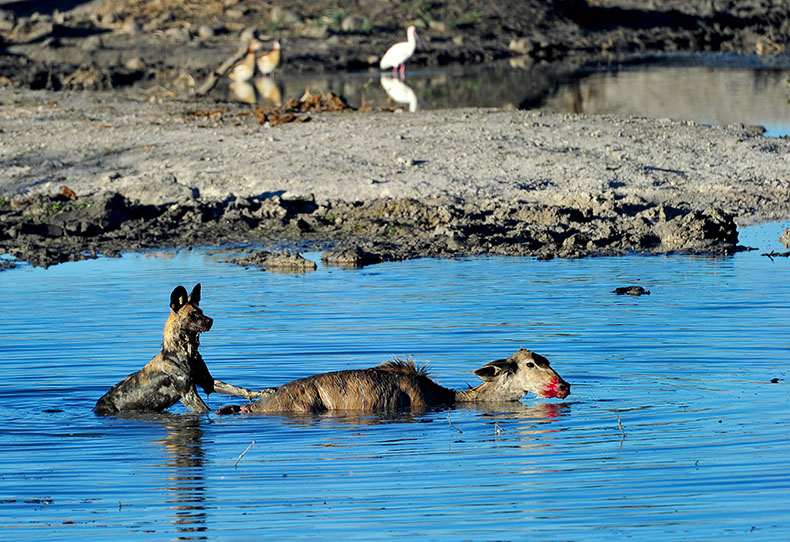
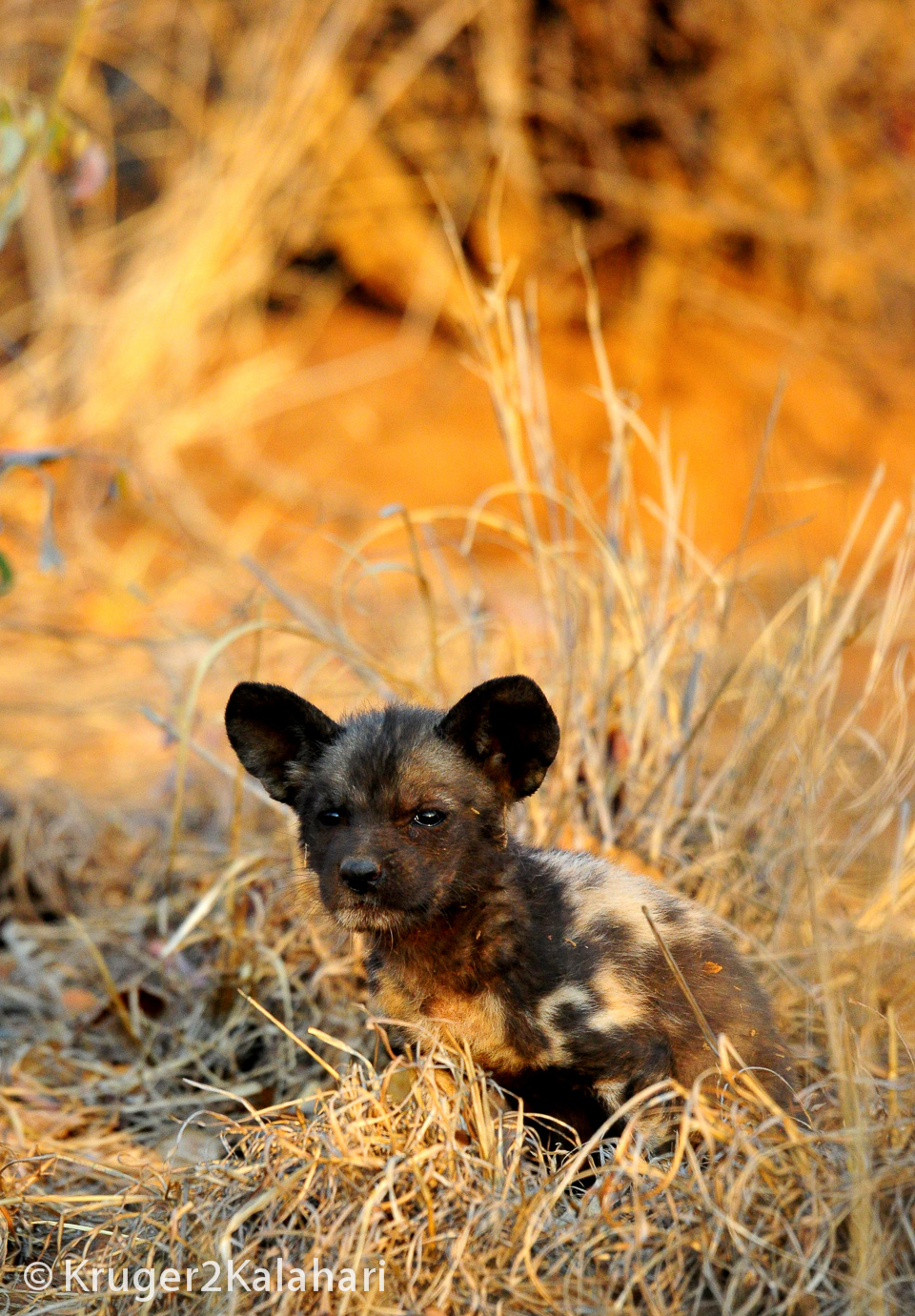
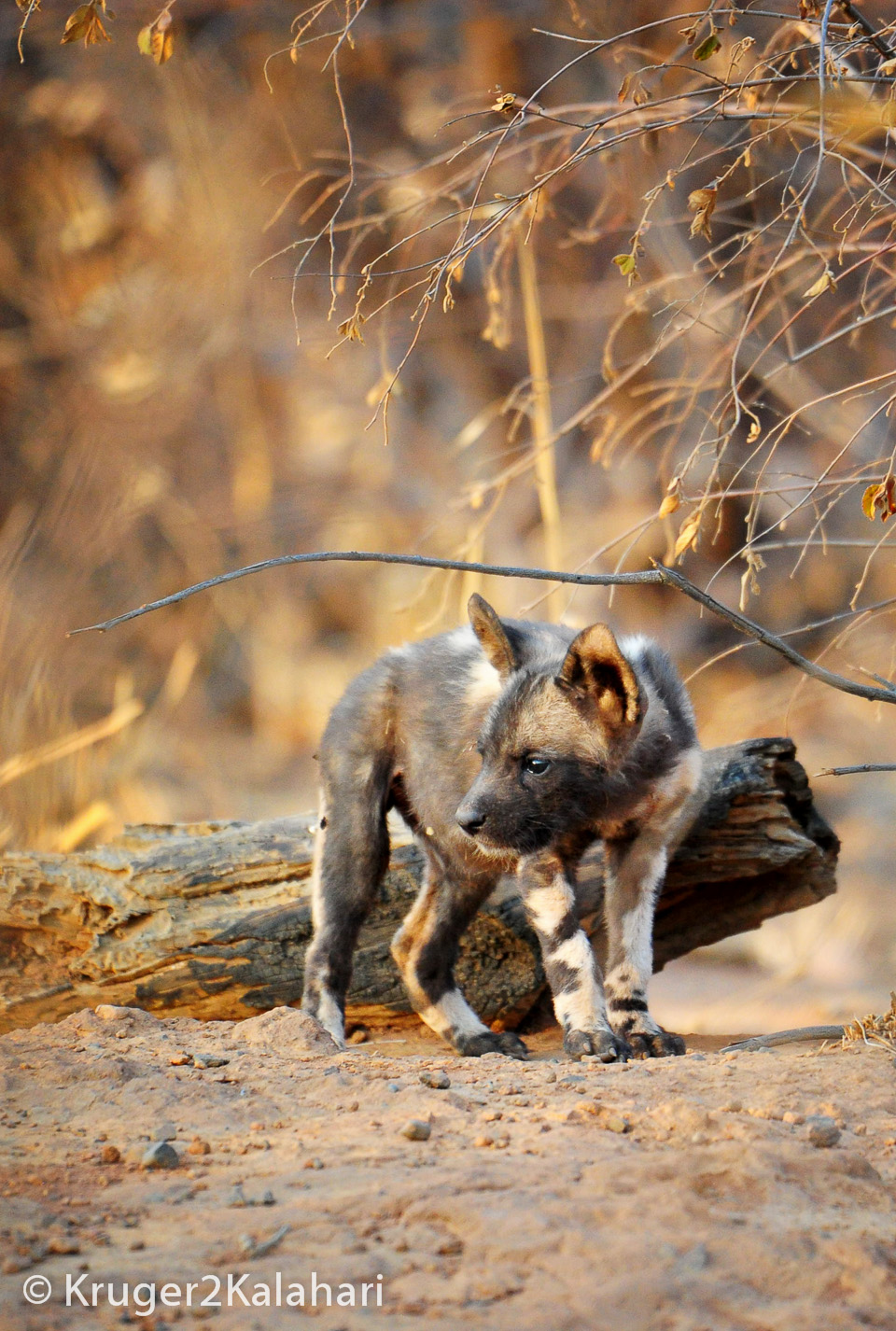
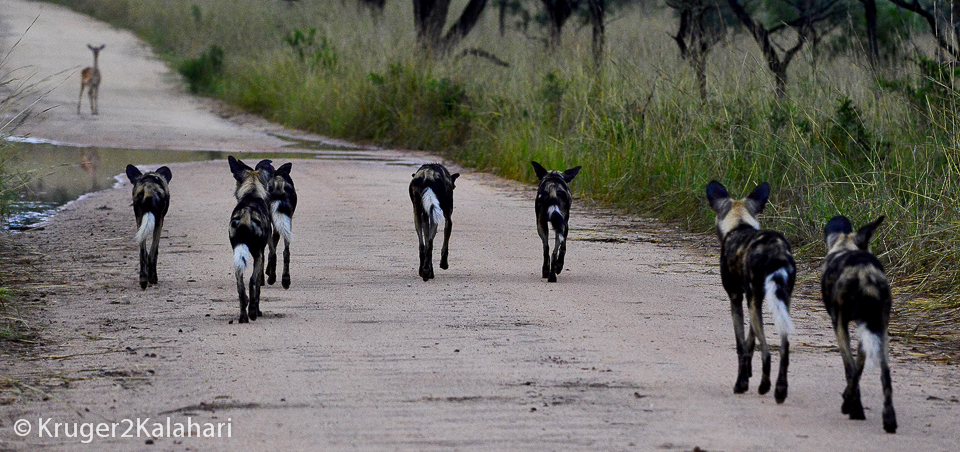
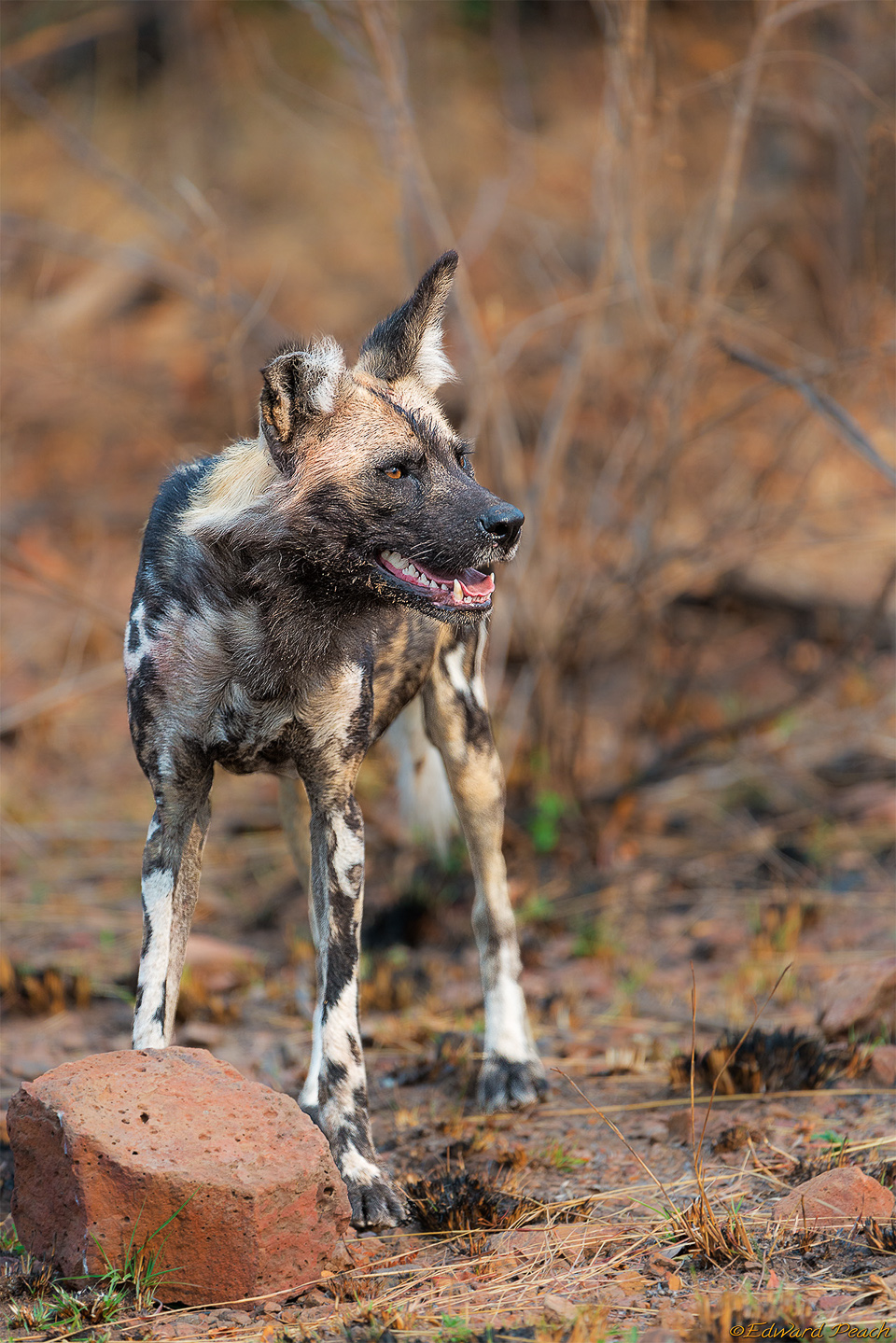
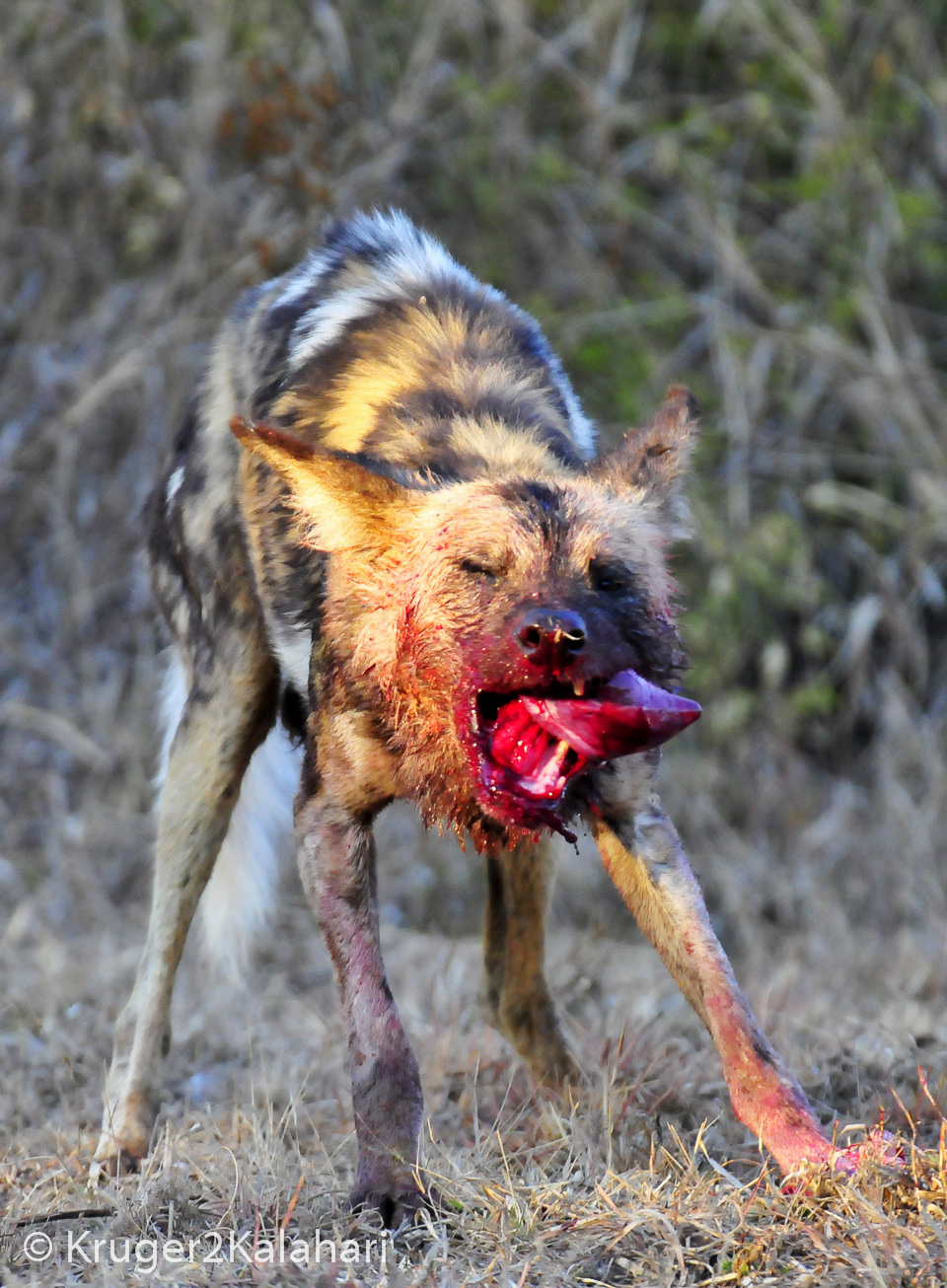
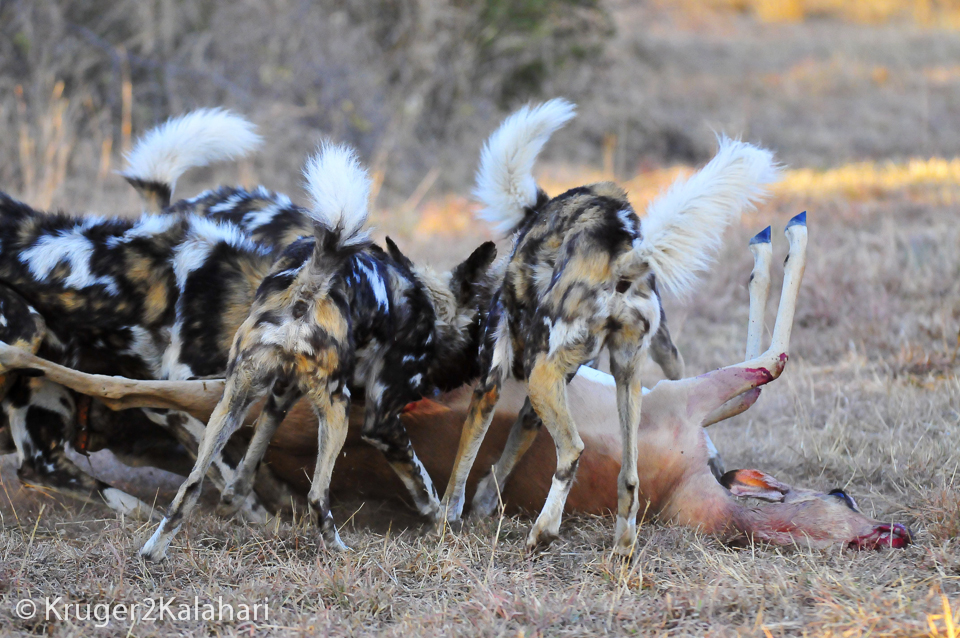
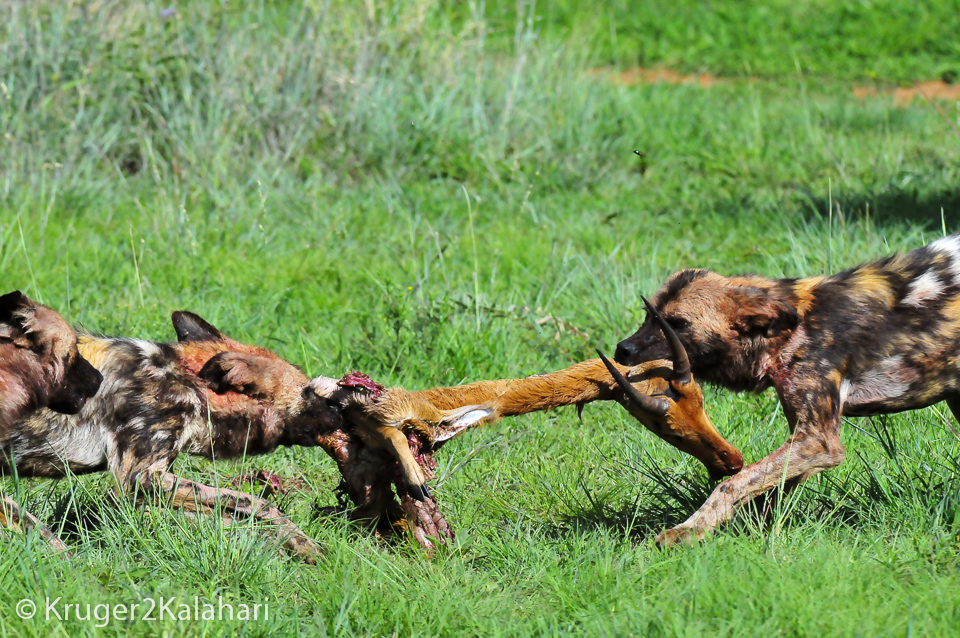
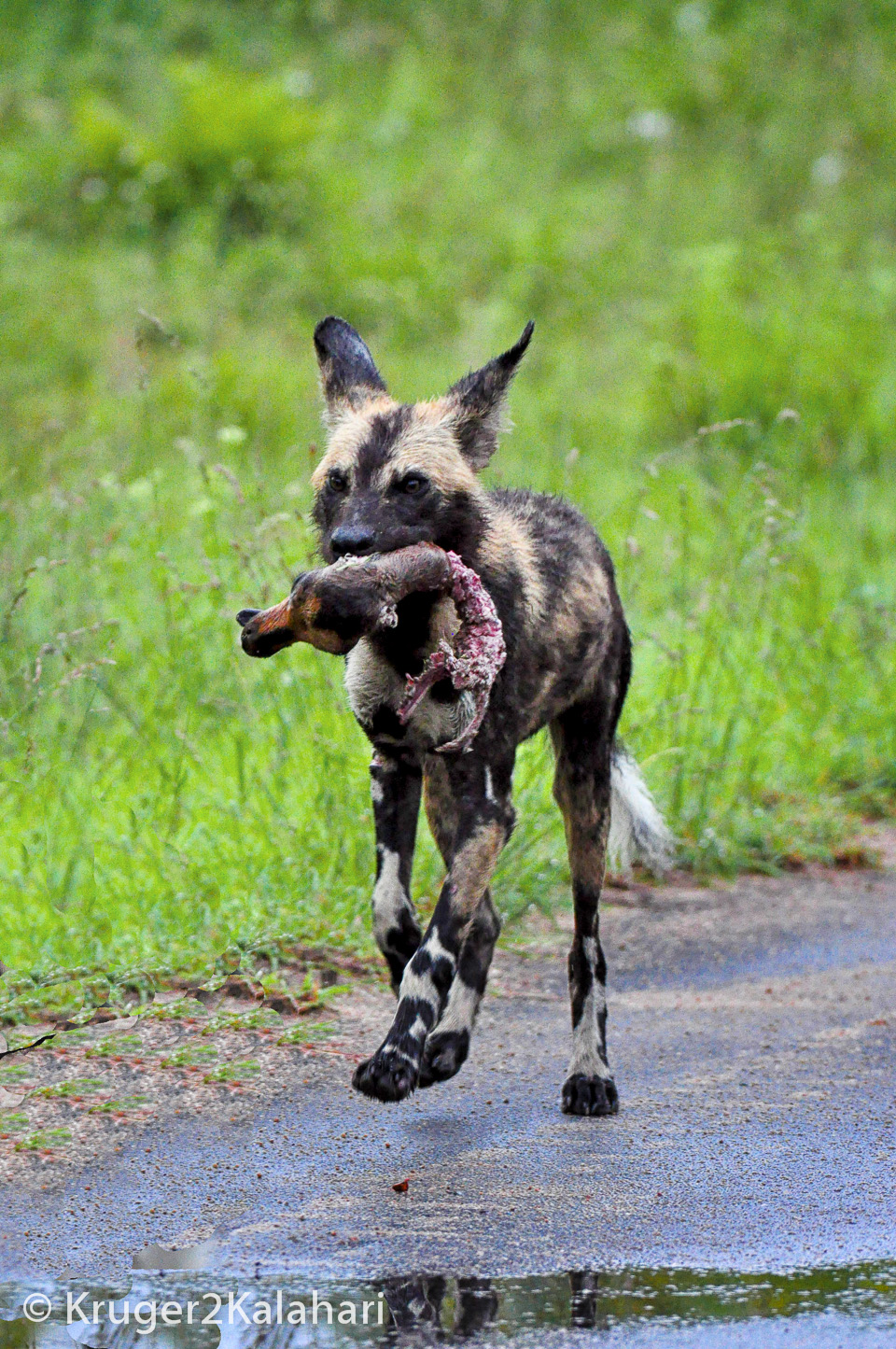
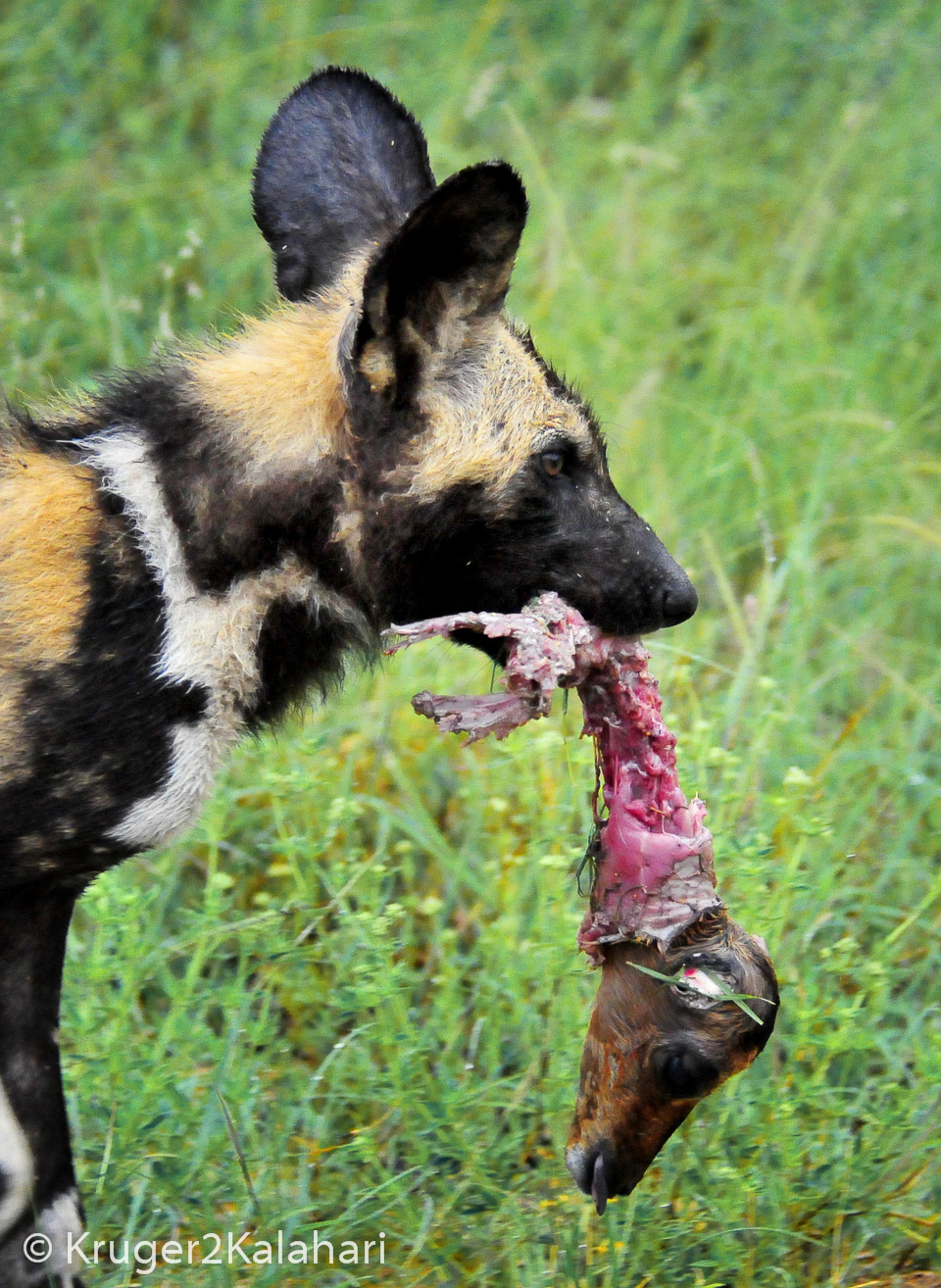
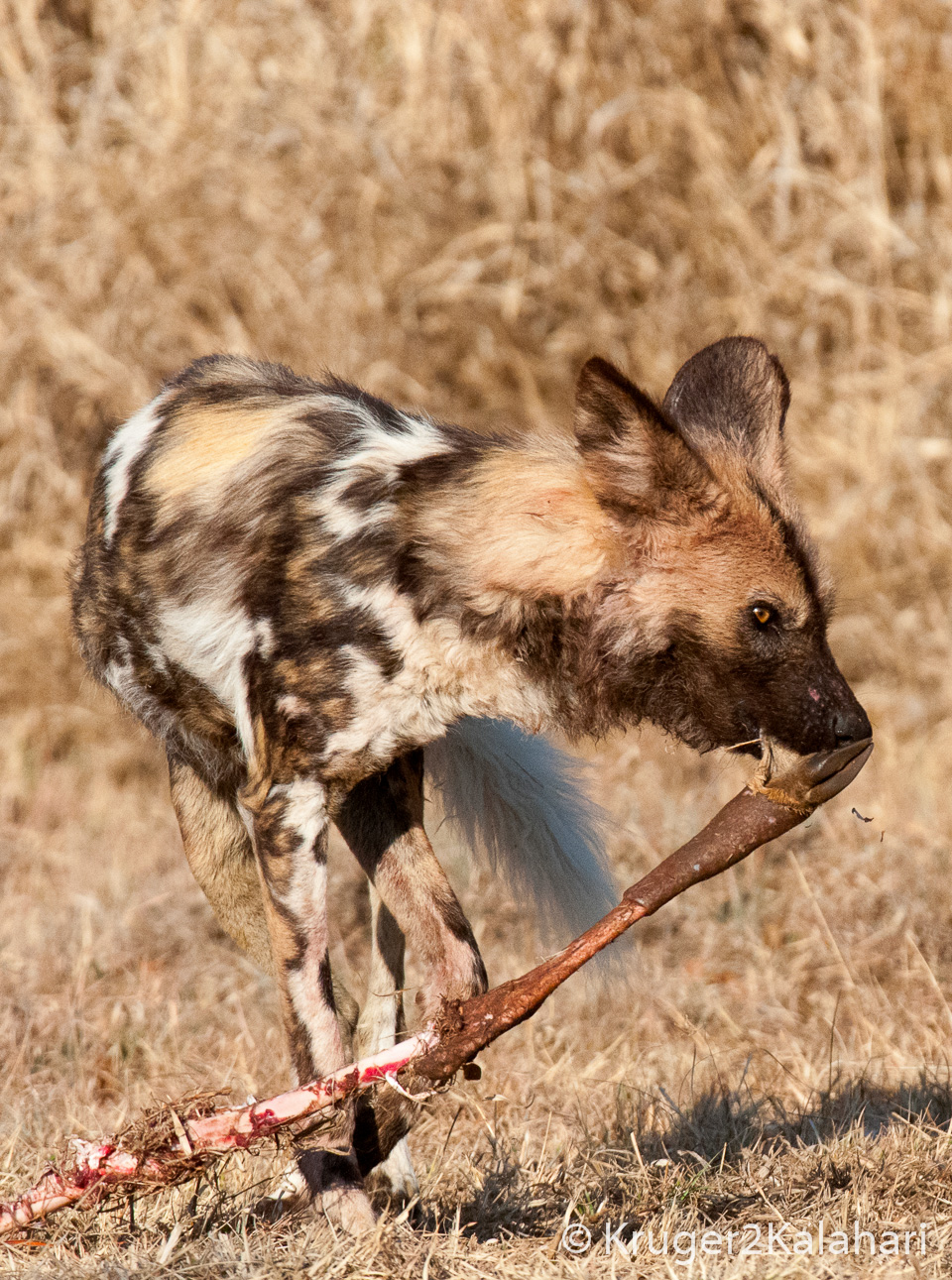
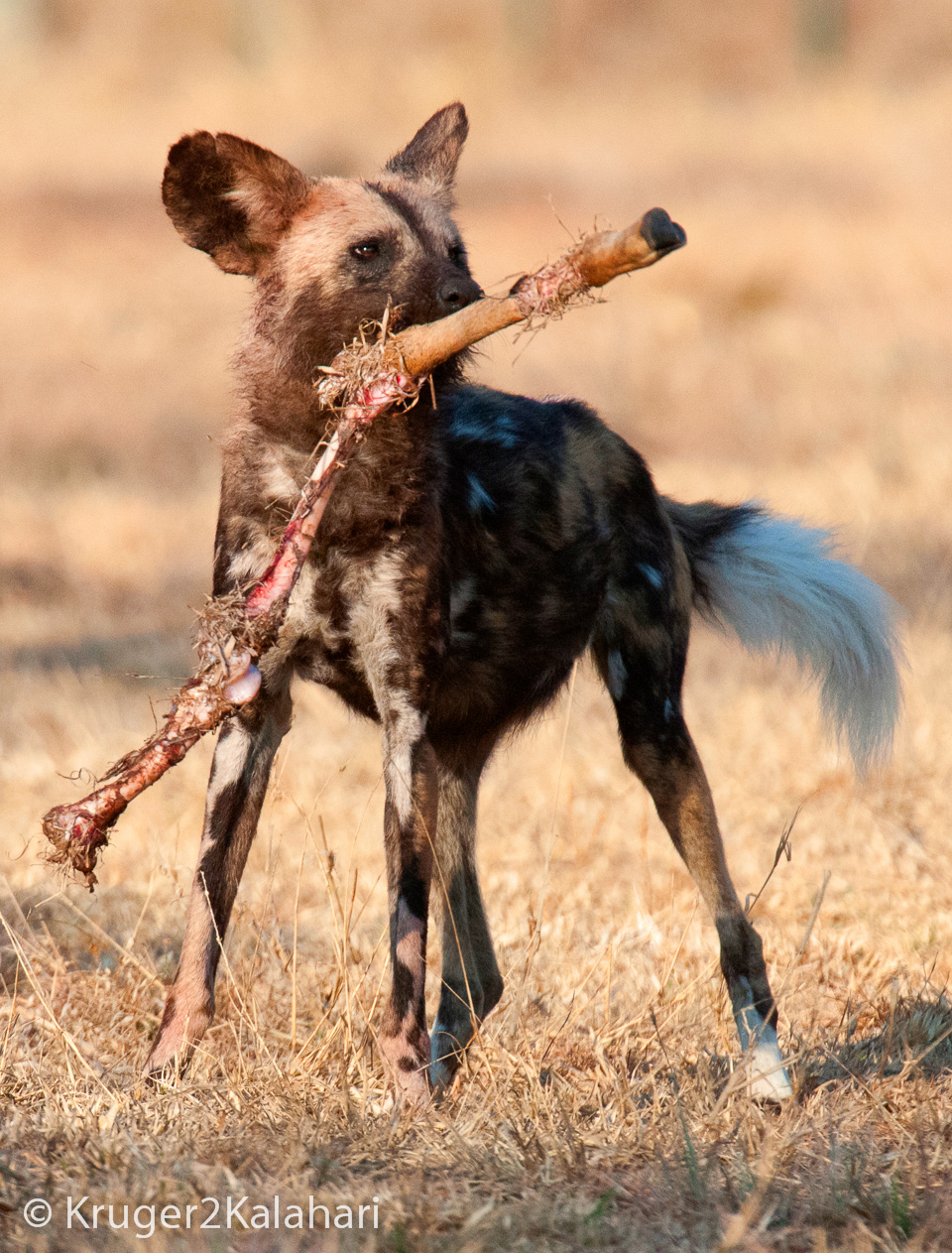
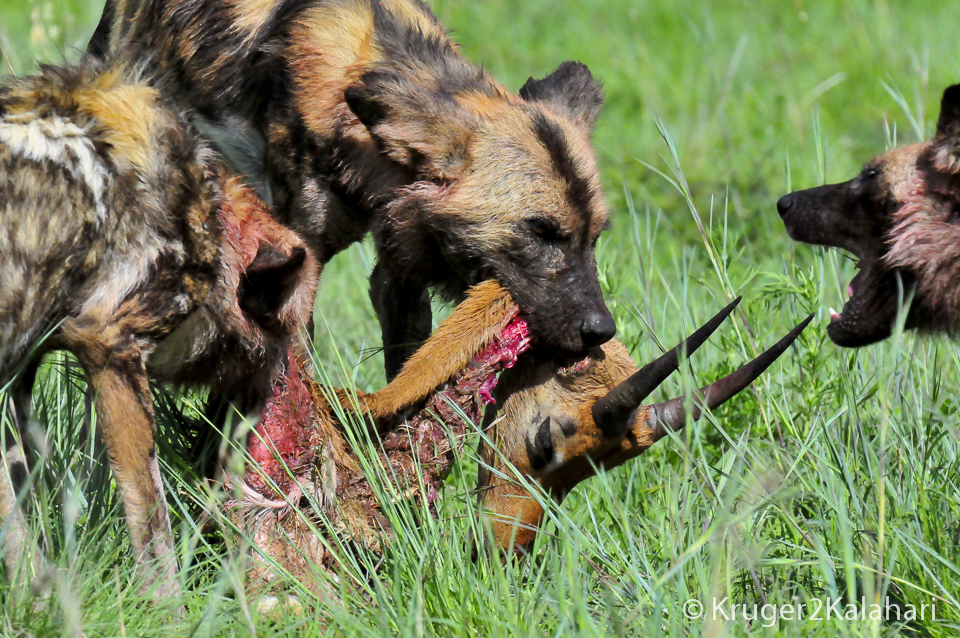
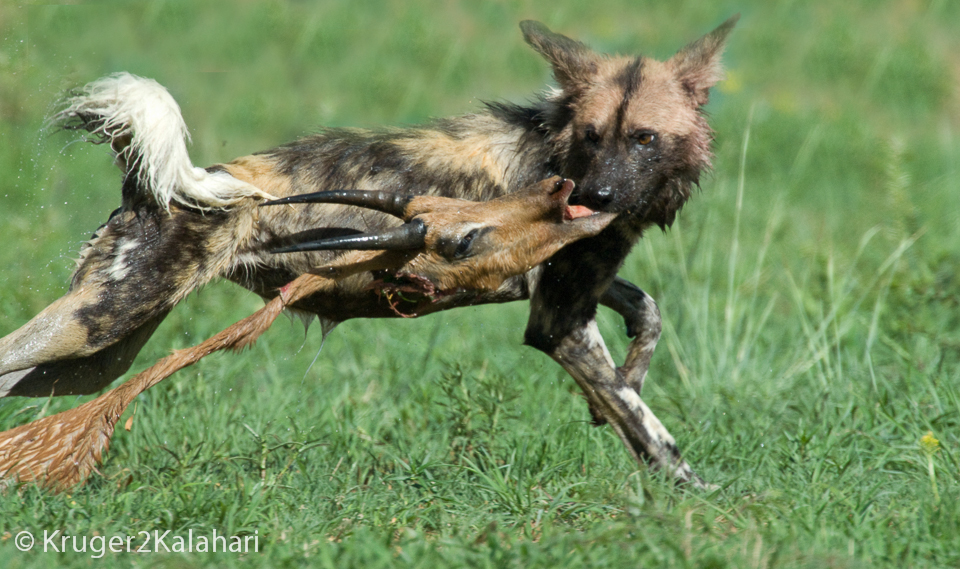
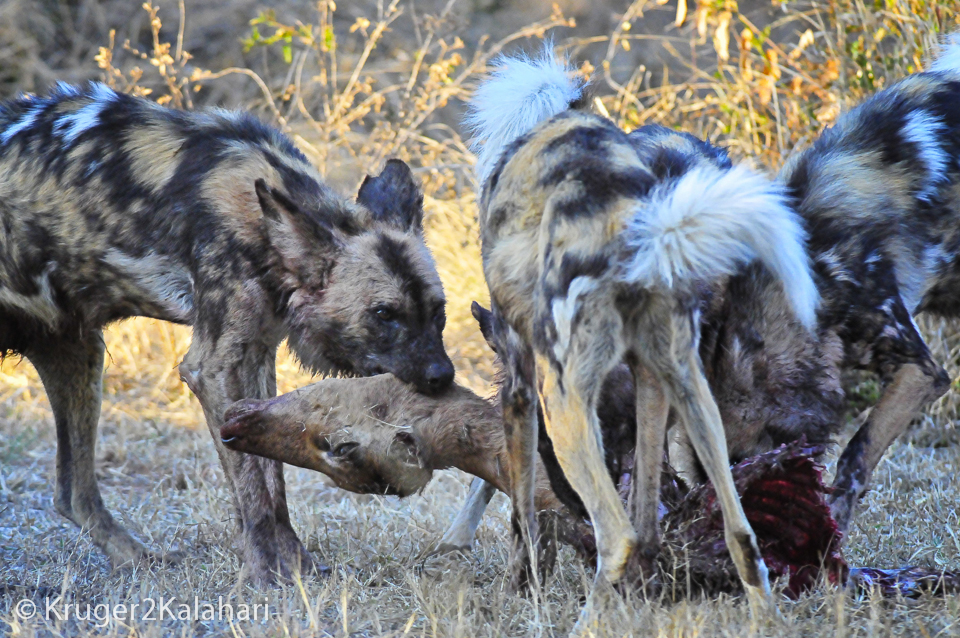
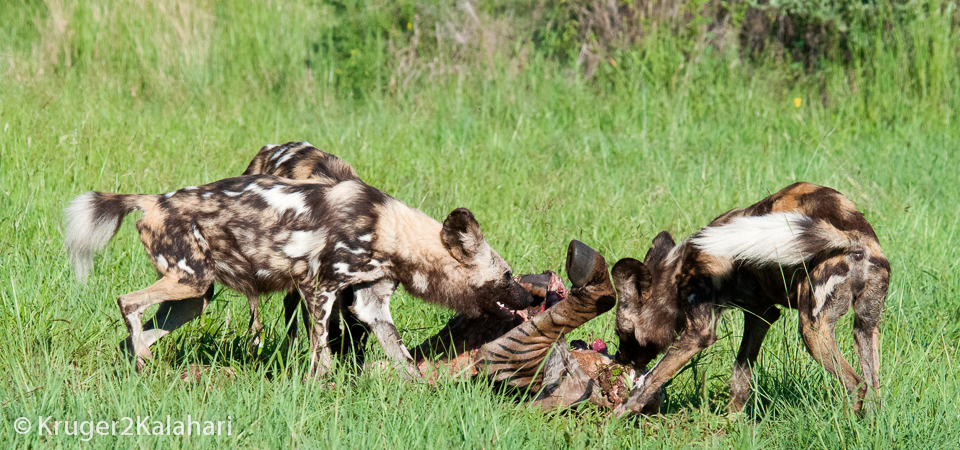
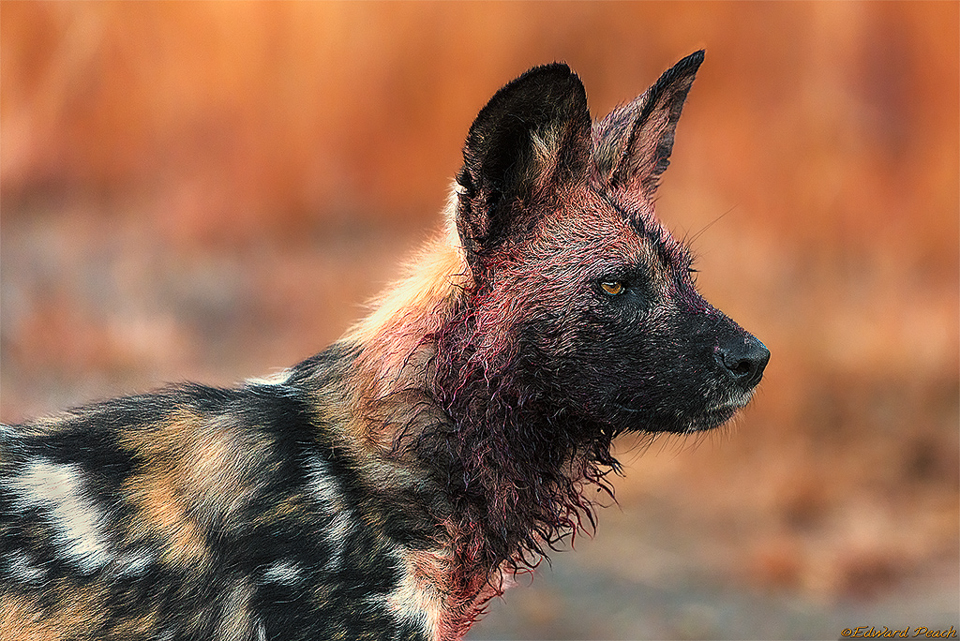









New! Comments
Have your say about what you just read! Please leave us a comment in the box below.